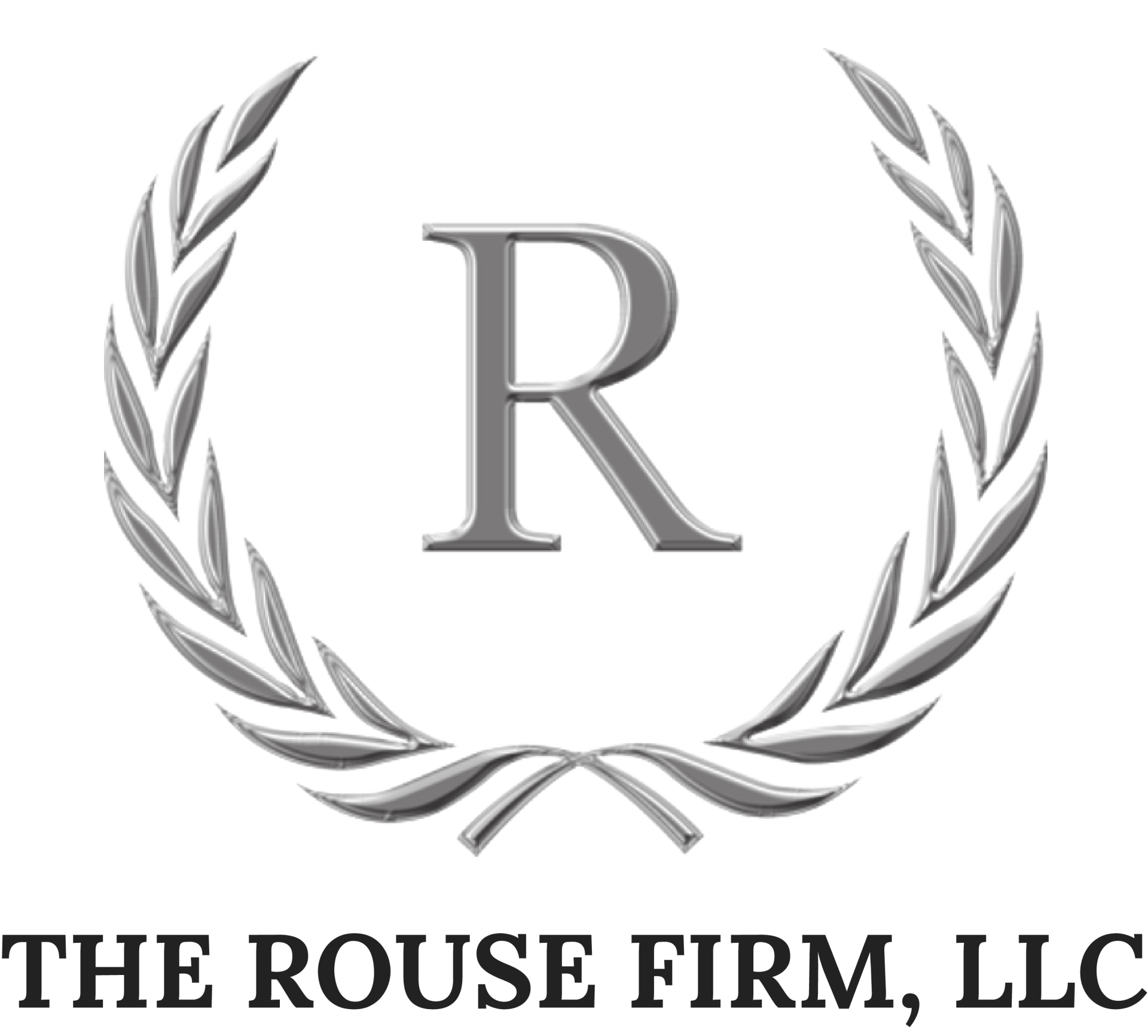Blog
Here is an overview of some major items that you should consider at the outset of your film project. Addressing these items sooner rather than later could save you time and money in the long run. I. BUSINESS FORMATION AND PRODUCER PROTECTION One of your first tasks is to select and set up a business entity for the film. When selecting a business entity, consider the following four areas as they will dictate the type of entity that you select: Who will manage and maintain control of the film project (including own the film's intellectual property)? What will be the primary source of funds, investors, donors, etc.? Who will be primarily responsible for the obligations incurred by the film? What will be the tax benefits (such as state tax credits and tax obligations incurred in the production and distribution of the film)? The most common business entities are sole proprietorship, general partnership, corporation and company. The first two types (sole proprietorships and general partnerships) enable you to have complete control of the project. However, film production is a very high risk endeavor that could potentially expose you to individual liability, financially and legally. For these reasons, you should not use either the sole proprietorship or general partnership for your film project. Instead, you should invest the time and expense needed to form a corporation or company and conducting all business accordingly. As it relates to a corporation or company, by organizing and operating as either, you can avoid personal liability for business activities and debts. Also, with a corporation or company, you can, more easily, bring investors into the project. In some instances, you may want to form multiple companies. This is especially true where you are involved with multiple film projects. The first company will be known as the parent or “Development Company.” You will control this Development Company and use it to do the development work for all of your film projects (i.e., acquiring the underlying work or screenplay on which the film is based. Once the project is ready for funding and production, you will transfer it to its own, separate LLC (Production LLC), managed by the Parent or Development Company. This practice of forming different companies insulates your film projects from each other’s failures and liabilities. Also, since the Development Company serves as the manager of the Production LLC, you enjoy double-protection for any individual liability. The Production LLC will own or license all of the intellectual property associated with the film. This includes the rights to use the script, the rights to the actor’s performances, licenses for all music, and all other items that are discussed in the section on copyright. Also, having the Production LLC will make it easy for potential distributors to access and examine ownership paperwork relative to intellectual property rights. Anyone working on the production should be hired by and paid by the Production LLC. The Development Company would be a “member” (that is, the owner) as well as the “manager” of the Production LLC.
Step 1. Create Your Executive Summary The first step you’ll want to take when writing a business plan is to create an executive summary for your business. This executive summary will be the first chapter in the business plan—it will explain what your business does, where the business currently stands, where you want to take the business in three to five years, and why you’ll be successful. Although this seems like a significant amount of information, the executive summary doesn’t need to be more than one or two pages in length. However, just because this is a short section of your plan doesn’t mean it’s unimportant. In fact, it might be the most important part of your business plan. If you are seeking investors, some might only ask for your executive summary when deciding whether to work with your business—so you’ll want to ensure that it can stand on its own. So, how do you include all the necessary information about your business, while also keeping to a one or two page maximum? First, you can keep in mind that any information that doesn’t answer the “what, where, and why” questions shouldn’t be in your executive summary. Second, you can make this step of your business plan simpler by sticking to the following six pieces of information, as recommended by the SBA: Mission statement: In no more than a paragraph, your mission statement should explain what your business is and the overarching goals you have. General company information: State when your business was formed, the name of any founders and their roles, the number of employees, and any locations. Highlights: Next, include examples (with graphs and charts) of any growth you’ve seen since starting the business. This could be financial market highlights or key milestones of the business. You should think of this part of your executive summary as evidence supporting why you’ll be successful. If you’re a startup, you might not have any numbers to show here. If that’s the case, give information on your experiences and highlights from your past endeavors. Products and services: Briefly describe what you actually sell, and who you sell it to. If you don’t have a product just yet, describe your plans for your product offering. Financial information: If you’re looking for business financing, you’ll want to include your funding goals at the end of your executive summary. Be sure to include any information about banks or lenders you’ve worked with so far. Future plans: Summarize where you’re planning on taking your business in the future. Remember—although it may seem extensive, this is first and foremost, a summary, so you’ll want to keep it short and sweet. At this point, you still have seven steps left to complete, so you’ll have plenty of time to get into the details later. With this first step, you’re showing readers what they’re getting into. However, it’s also important to remember that as the first step—and a brief one—every word of your executive summary counts. If you haven’t put enough thought into your business plan, it will show. Keep this in mind - if you’re struggling with writing your executive summary right off the bat, try working on it after you’re done writing your business plan from start to finish—that way, you’ll have a solid grasp of the details and will be better equipped to summarize them
The moment you create your music or lyrics and fix it in a tangible format, it is protected under the United States Copyright Laws. However, if you wish to sue someone for copyright infringement and recover substantial damages, you will need to register your work with the United States Copyright Office. Follow these steps to ensure that your music is property protected and that you receive royalties from any public performances of your music: STEP I : COMPLETE THESE ITEMS FIRST Create an account at eCO—the Electronic Copyright Office - www.eco.copyright.gov . Choose a composition Performing Rights Organization (PRO) - ASCAP (ascap.com), BMI (bmi.com), and SESAC (sesac.com) Register as a publisher with the composition PRO (ASCAP, BMI or SESAC). Register as a songwriter with the composition PRO (ASCAP, BMI or SESAC). STEP 2 - REGISTER SONG(s) WITH THE US COPYRIGHT OFFICE Register each song at www.copyright.gov using the PA form.The PA Form is used for the composition of the song. The version of the song that you can see in writing. Register each sound recording at www.copyright.gov using the SR form. The SR form is used for the sound recording of the song. The version of the song that you can hear. Register yourself as a publisher at the composition PRO (ASCAP, BMI or SESAC). Register yourself as a songwriter at the composition PRO (ASCAP, BMI or SESAC). Register the sound recording as a sound recording owner at SoundExchange. Register the sound recording as a performer at SoundExchange. OPTIONAL REGISTRATIONS Register the copyright for the cover art. Register the copyright for the lyrics. Generate split sheets at https://songsplits.com/




